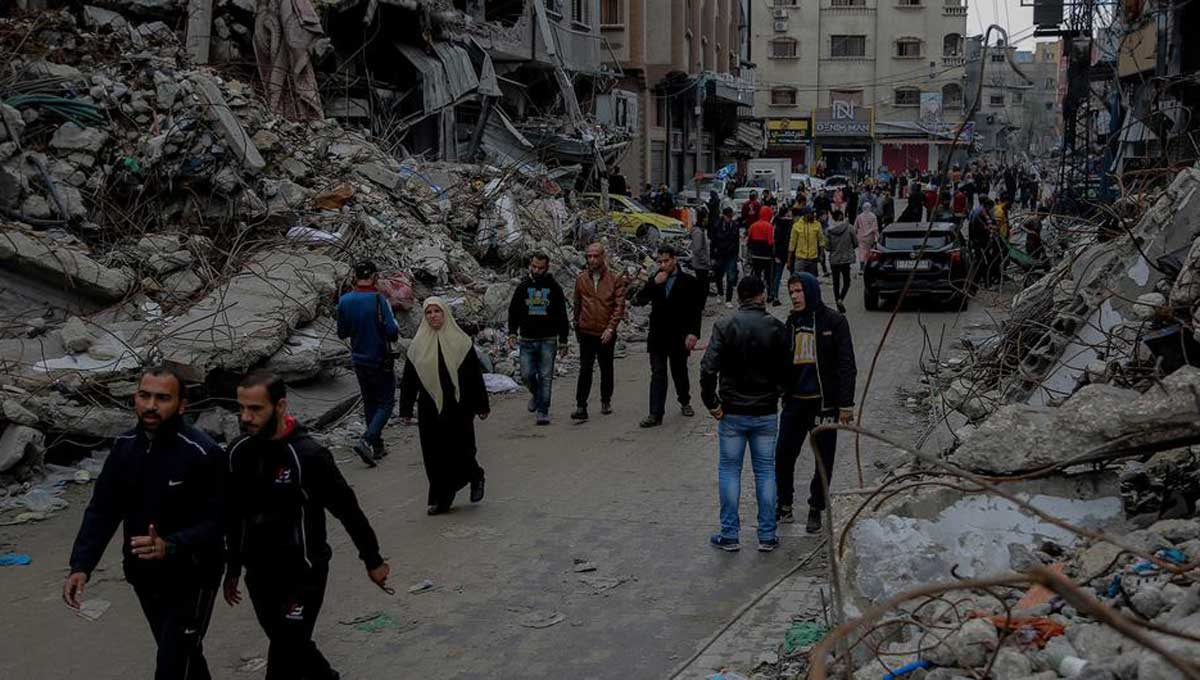This phase might then be followed by another period of calm “which could lead to an end to the war” between Hamas and Israel, the veteran humanitarian told journalists in Geneva.
Another hospital at risk
The development came as the UN aid coordination office, OCHA, reported continuing “intense bombardment” across much of the Gaza Strip on Tuesday, particularly in the city of Khan Younis.
“For over two weeks, heavy fighting continues to be reported near Nasser and Al Amal hospitals in Khan Younis, jeopardizing the safety of medical staff, the wounded and the sick as well as thousands of internally displaced persons seeking refuge at both hospitals,” OCHA said in its latest update on the crisis.
Citing the local health authority, the situation update noted that Israeli forces had “intensified their siege” of Nasser Hospital in Khan Younis, putting at risk “300 medical personnel, 450 wounded and some 10,000 displaced people seeking shelter in the hospital compound”.
‘Four days of fuel left’
“There is a severe shortage of surgical supplies and sutures, and there is an estimated four days left of the amount of fuel needed to power hospital generators,” according OCHA, which added that another Israeli soldier had been reportedly killed during the ground operation from 5 to 6 February, bringing the total number of military fatalities to 224 with 1,304 injured.
After months of bombardment, three in four Gazans are now displaced. More than half are children and all face acute shortages of food, water, shelter and medicine, UN humanitarians said, as the UN agency assisting Palestine refugees (UNRWA) warned that attacks on schools hosting internally displaced people have continued.
It said that at least 282 incidents have impacted UNRWA facilities sheltering displaced families, leaving some 377 dead and 1,365 injured, since Israeli bombardment began in response to Hamas-led terror attacks on southern Israel on 7 October that left more than 1,200 Israeli and foreign nationals dead and over 250 taken hostage.
